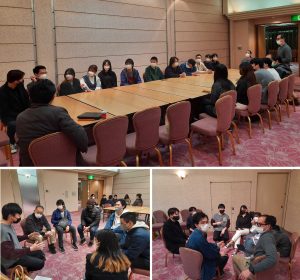On March 1st, the first day of the GSEP 2023 Off-Campus Project, students and faculty members headed to Saitama prefecture to visit The Railway Museum. In this second episode on the Off-Campus Project, Murancathuparambil Rachel Devassy (Rach,) a GSEP 2022 batch student from India, will tell us in her words about the amazing collection of trains and rail vehicles.
Being the centerpiece of the JR East 20th Anniversary Memorial Project, The Railway Museum is a captivating establishment boasting a four-story structure with parts of each floor sectioned off into two wide categories showcasing everything, from a thorough account of the history of JR right from when it began with importing locomotives from the UK, to the future of locomotive travel and even architecture of train stations suited to the needs of the future.
Albeit, unfortunately, due to time constraints, I was unable to visit all the sections with my peers, but here are a few interesting things from the sections I did visit:
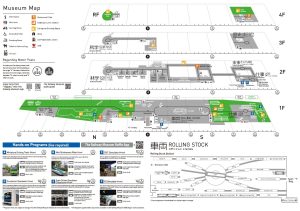
The Rolling Stock Station: The early beginnings
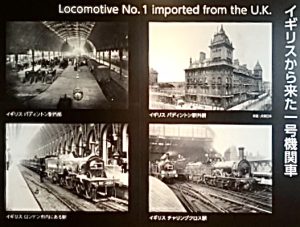
In the early stages of the Meiji period, the Japanese government decided to construct the public railway from Tokyo to Yokohama. This is a branch line of the Tokaido Trunk line.
For this purpose, 10 steam locomotives, 58 passenger cars and 75 freight cars were imported from the U.K. These are all 2-4-0 tank engine locomotives which means that they have two leading wheels on one axle, four powered and coupled driving wheels on two axles and no trailing wheels. All these engines have Stephenson valve gear mechanisms and were built in 1871. The No.1 engine was built by Vulcan Foundry Co. Ltd.
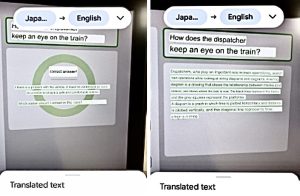
The Job Station: What’s it like to work as a professional at JR?
The job station is a relatively smaller exhibition area on the first and second floors showcasing not only a plethora of information on precision teamwork carried out by professionals to keep the railways running safely and on time, but also provides a video-game quiz-like experience to give the viewer a more comprehensive understanding of the tasks carried out by the professionals.
In one of the questions, I learned dispatchers, who play an important role in train operations, monitor the state of trains while looking at wiring diagrams. A wiring diagram is a drawing that shows the relationship between tracks and stations and where the train is now . Black lines represent tracks and the grey squares represent stations. The diagram is a graph on which time is plotted along the x axis and distance is plotted along the y axis.
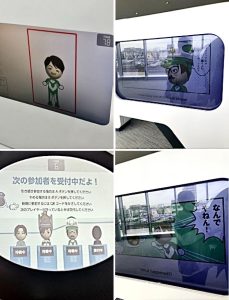
Future Station: Where is JR headed?
The future station is an exhibit where visitors can make their own avatars and conjure up their own idea of the future of railway stations. Altering the current design of the railway station or even creating a completely new design suited better to the needs of the future you and future generations.
The exhibit also has a game where the participants are shown two options for alterations or ideas for the design of a station, and the participants are to select the option that is the most voted for. Not only does this give JR data on what sort of changes to make in the future, it is also an interesting way to give control to the people who will be most affected by the changes, the passengers. It also gives the visitors an idea of what kind of changes to expect in stations and the form of transport in the future.
Science Station: The mechanics behind it
Our final visit was paid to the Science Station. As expected, a lot of the mechanics behind the operation and running of the trains was explained here, mostly via games and models we could toy around with. The games covered a lot of basic principles from kinetics and friction to rotation and inertia.
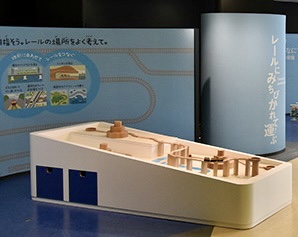
Railways have a very huge invisible impact on our lives. We depend on locomotives to an extent where it’s an inevitable part of our schedule. We have the timings of some trains memorized, we keep track of when we need to renew our commuter pass, we even find relief in the fact that the almost hour-long journey from university to our dormitory will be comfortable enough to get that chemistry homework done. Personally, looking at the history, current state and predicted future of JR pulled me out of the train I use to commute every day and gave me a sort of bird’s eye view into the many lives this form of commute impacts and what to expect in the near future.
In the evening of Day 1, students and faculty members gathered at a meeting room in their hotel to have dinner and break the ice for more friendly group discussions. Participants were divided into three groups to freely share their verdicts and reflect on the places they had visited on the day. They could as well as freely talk about any life or academic matters in a welcoming environment. GSEP students and faculty members could make the best of the opportunity to talk about various matters from Tokyo Tech life, lectures, extracurricular activities, and part-time jobs to suggestions for GSEP improvement. These interactions made Day 1 one of the a most fruitful events of the 2023 Off Campus Project as in the previous years.
